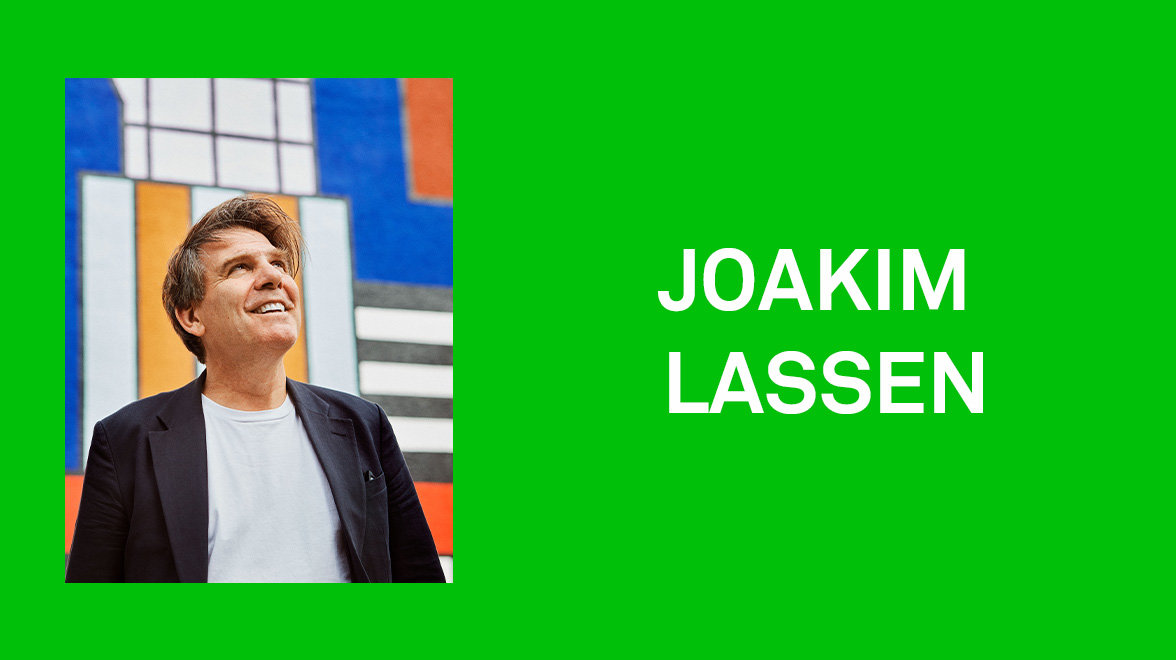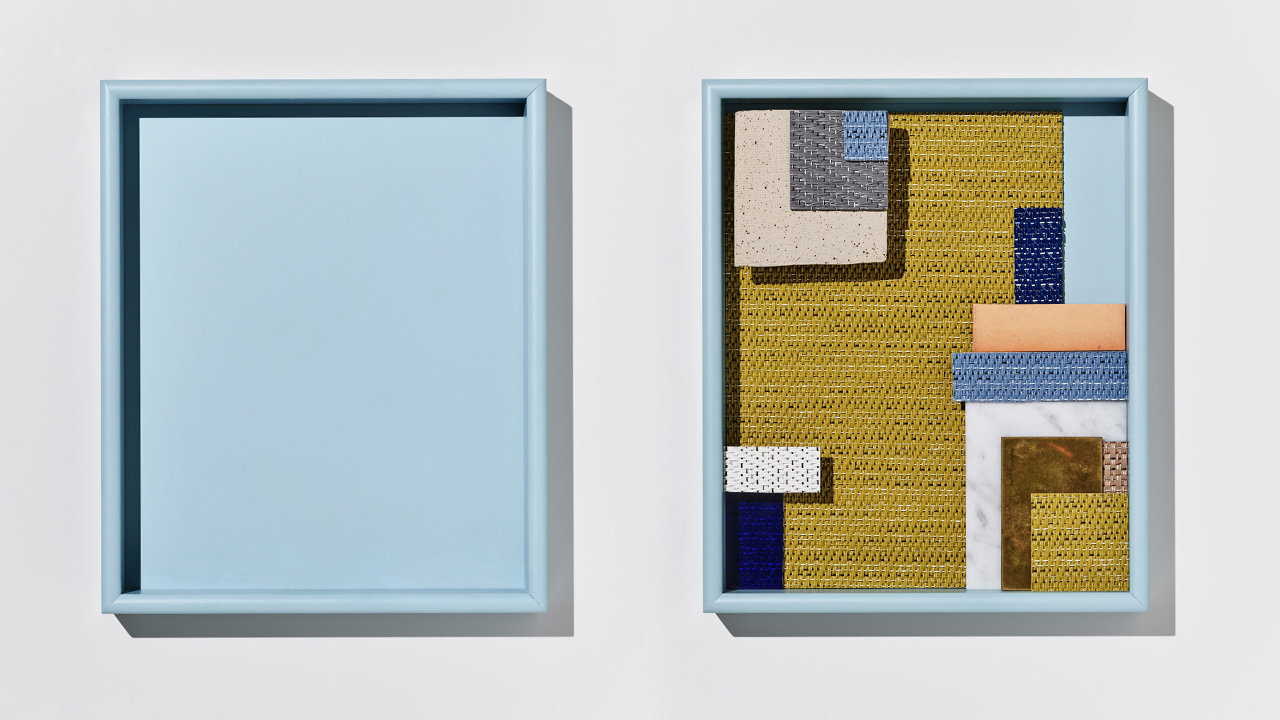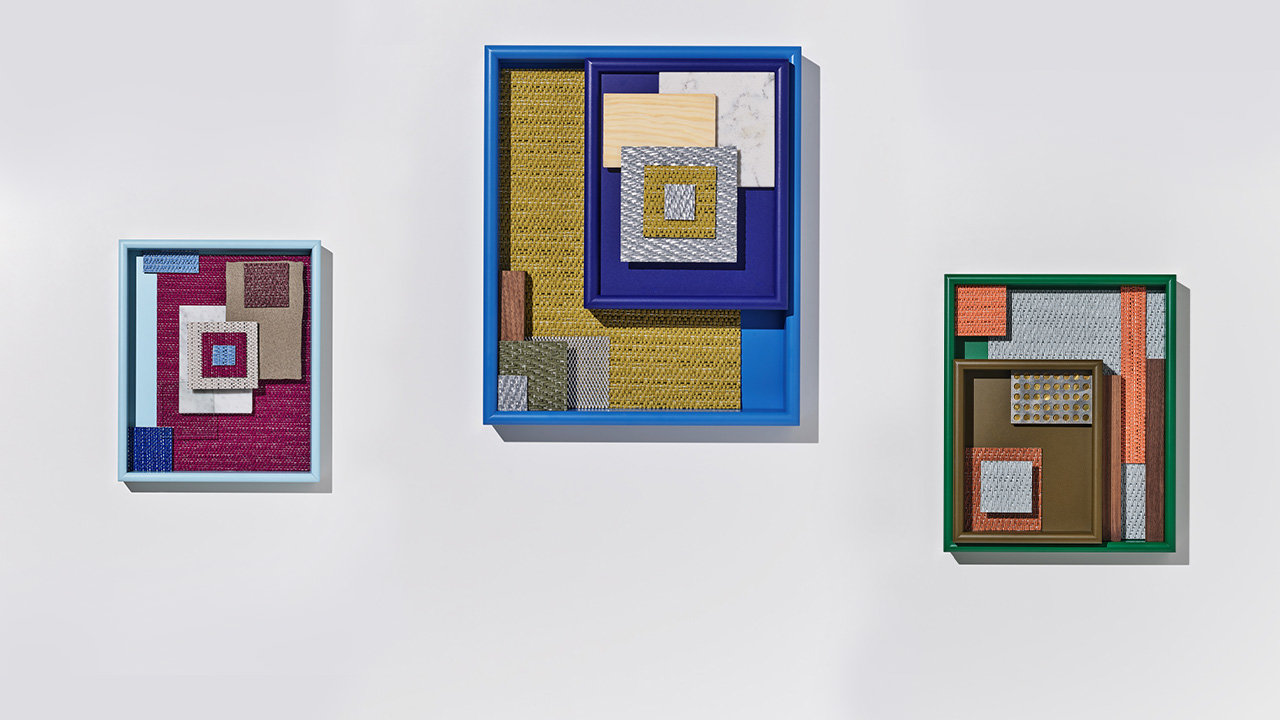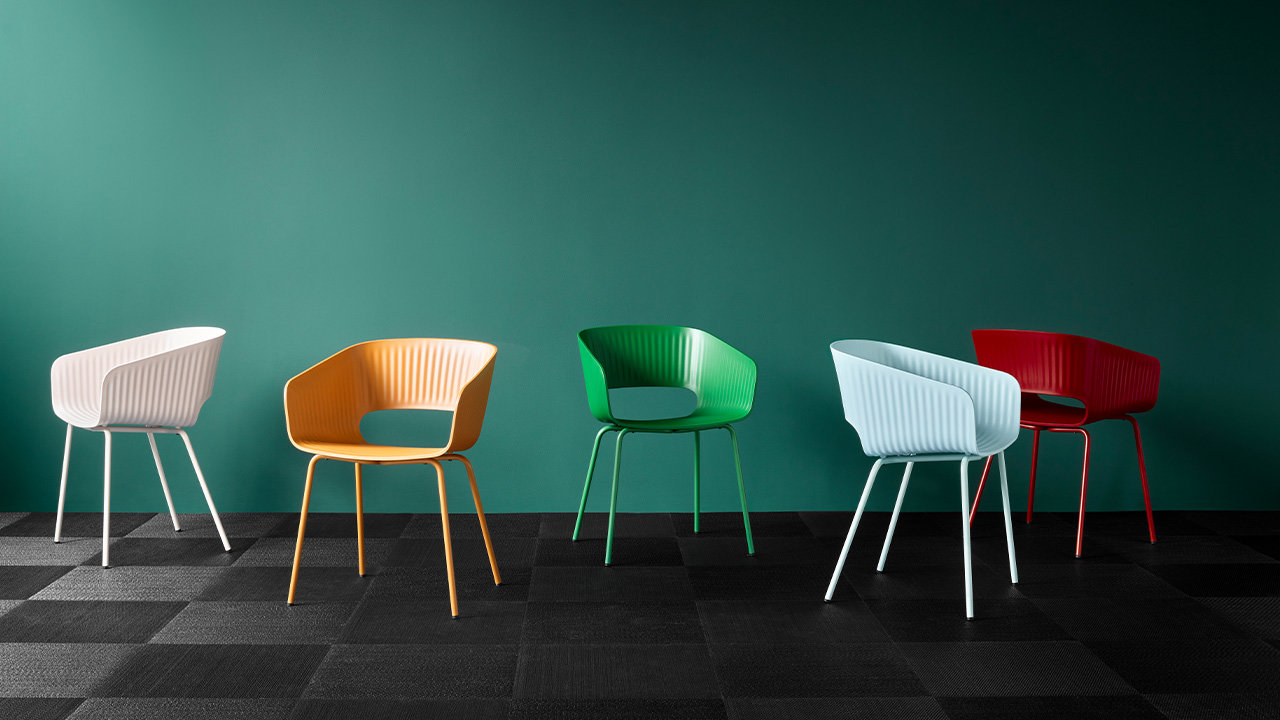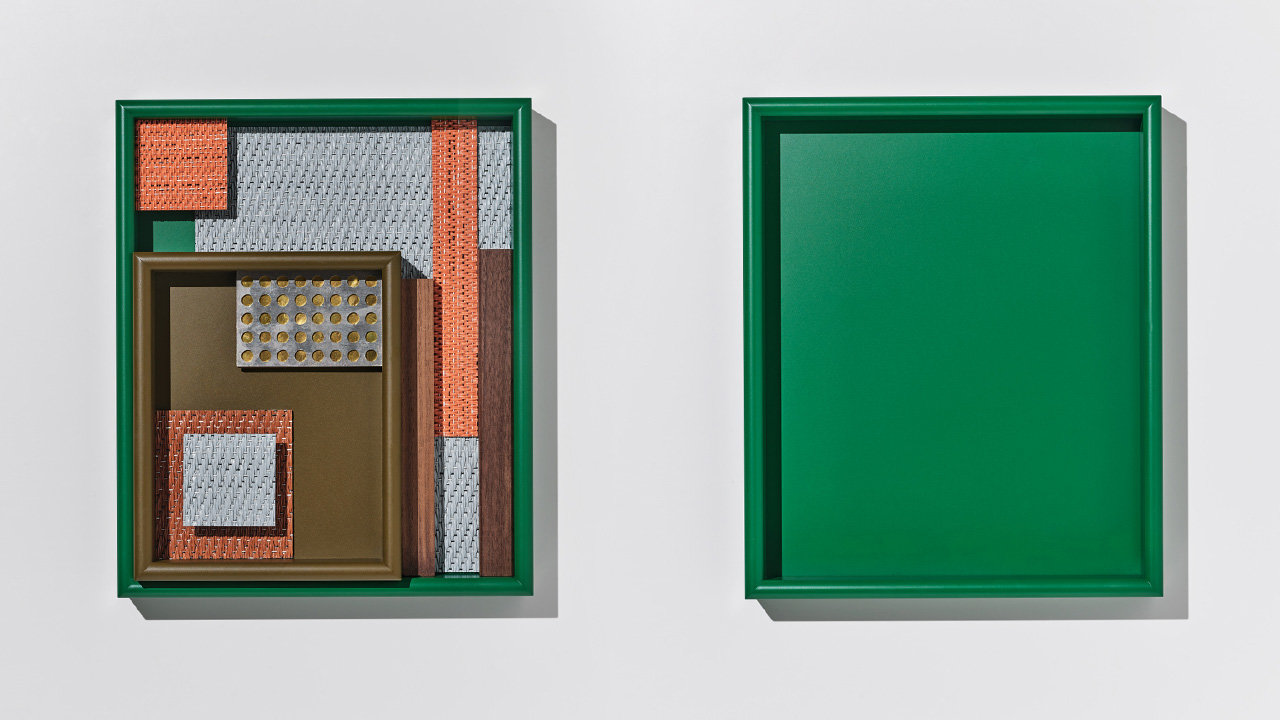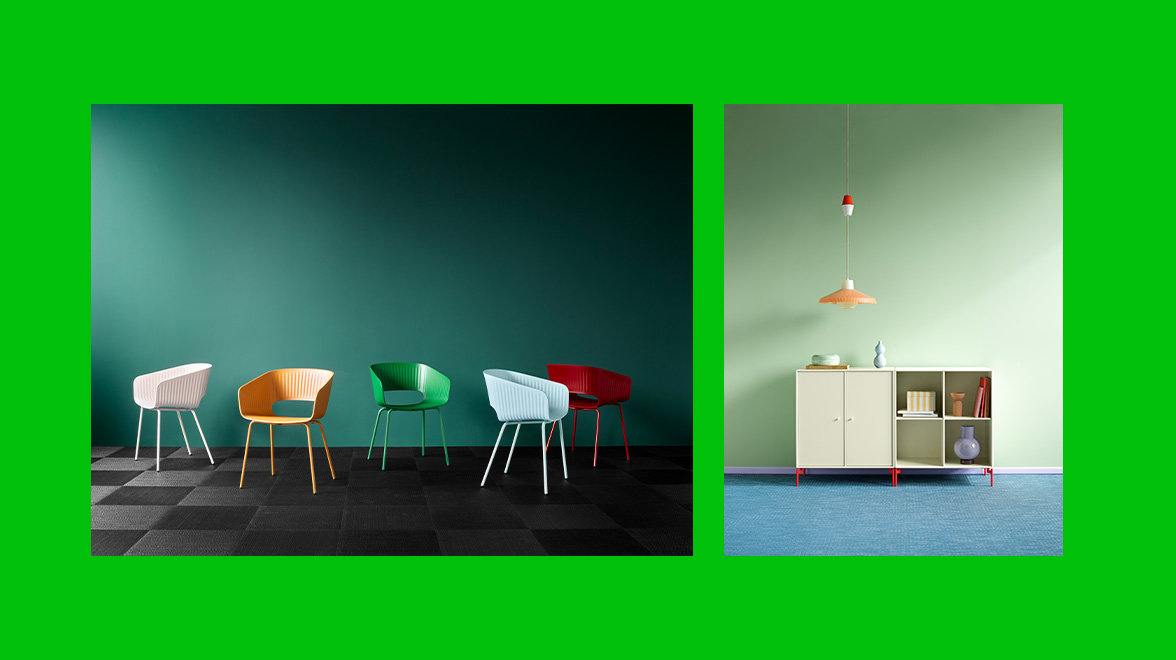It might be a worn-out question but still an important one - what drives you?
- What drives me personally is to keep ensuring that Montana stays relevant even when time changes. In the 80s, we were all about books and LPs, whereas today is about open storage solutions, TV furniture and nightstands, to name a few. Moreover, I’ve earlier worked as an environmental consultant, which is a subject that I still carry with me, so it has always been a driving factor for me to run the business responsibly in the best possible way.
Speaking of colour, what’s your favourite? Why
- At Montana, one of our mantras is that a colour is no better than the company it is in, and I’m a true believer in that. Therefore, I like many colours. What’s unique about our palette today is that you can, as Margrethe Odgaard puts it, “take a walk with the colours”. In that way, many colours are relevant because they can be mixed and matched and appeal differently to our visual senses and emotions.
